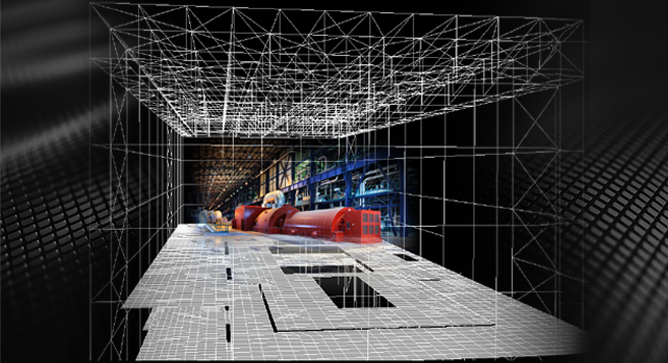
Replacement of Large Equipment in Nuclear Power Plants
By: Julio Garcia, PhD, PE, Natalie Doulgerakis, PE, SE, Dan Parker, PE and Lachezar Handzhiyski

By: Julio Garcia, PhD, PE, Natalie Doulgerakis, PE, SE, Dan Parker, PE and Lachezar Handzhiyski

By: Ashkan Nejad, Ph.D. Ultrasonic cleaning is a non-destructive, low-cost technological method that uses high-frequency
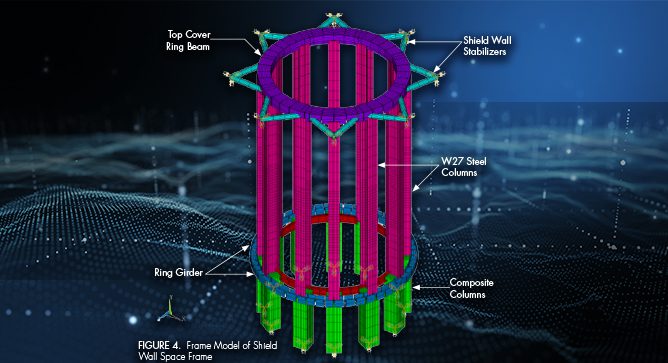
By: Livia Costa-Mello, Shari Day, and Dan Denis Background Many U.S. nuclear plants are completing
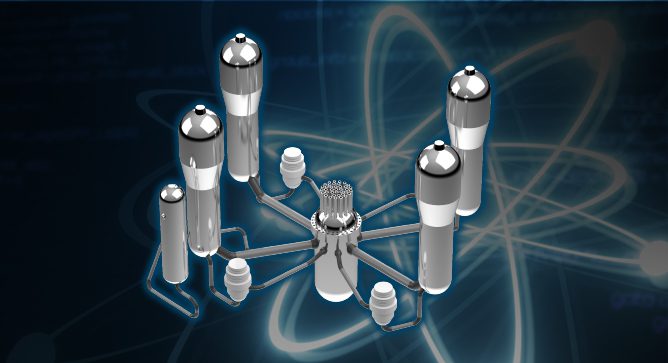
By: John Hayden and Jason Van Velsor Our initial article on this topic in News
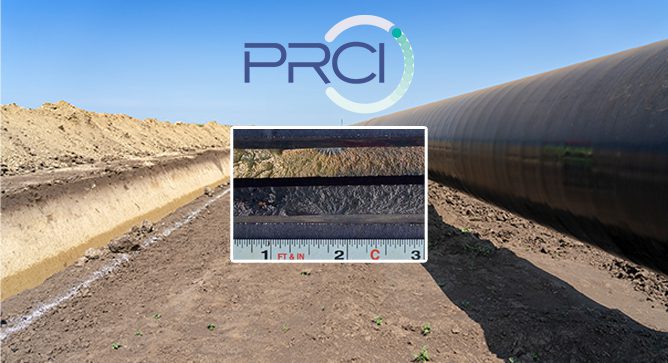
By Scott Riccardella and Steven Osgood Structural Integrity is pleased to be working with PRCI

SAN JOSE, CA – August 15, 2024 – SI Solutions today announced their acquisition by
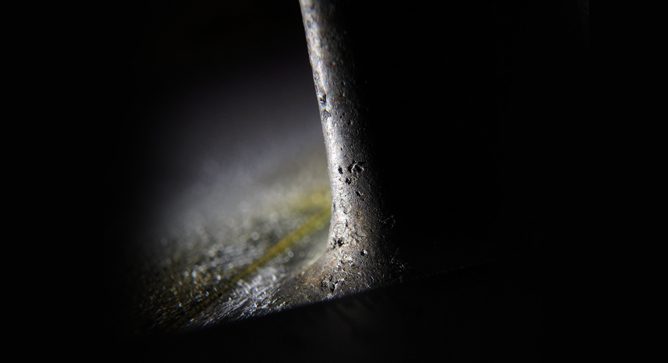
COMPONENT ASSESSMENT AND ANALYSIS By John Molloy Structural Integrity (SI) has decades of experience dealing
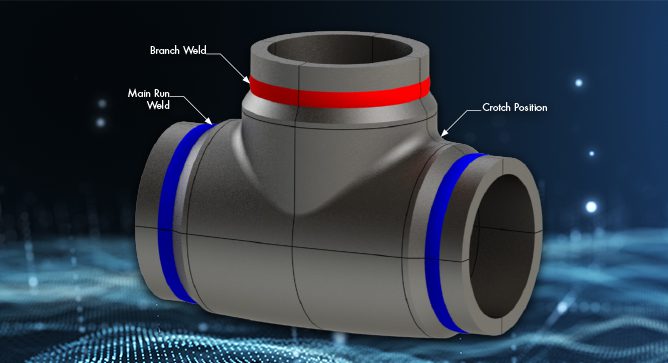
By Kane Riggenbach and Eric Jones Background The power generation industry has seen an increasing
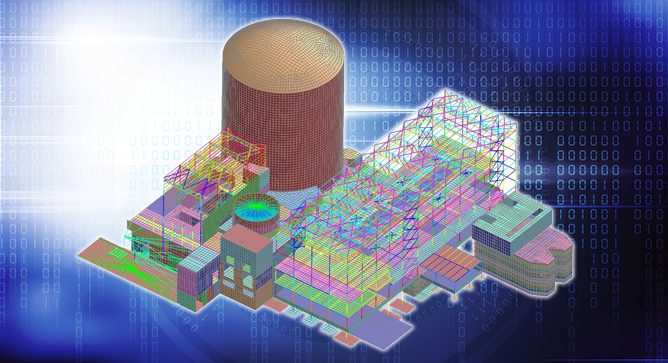
By Julio Garcia, PhD, PE Abstract Continued advances in the fields of structural and geotechnical
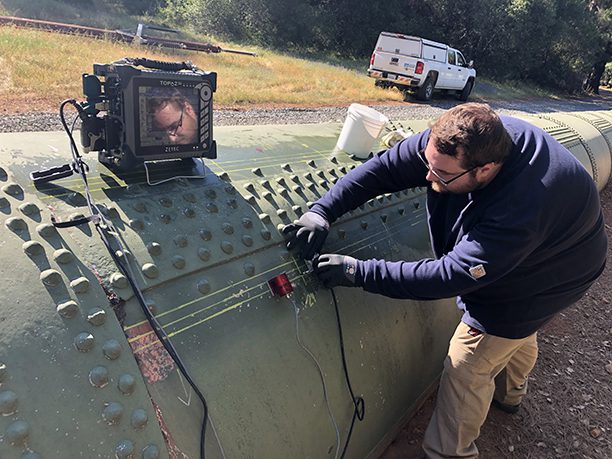
By: Jason Van Velsor and Jeff Milligan At SI, we regularly combine advanced NDE inspections